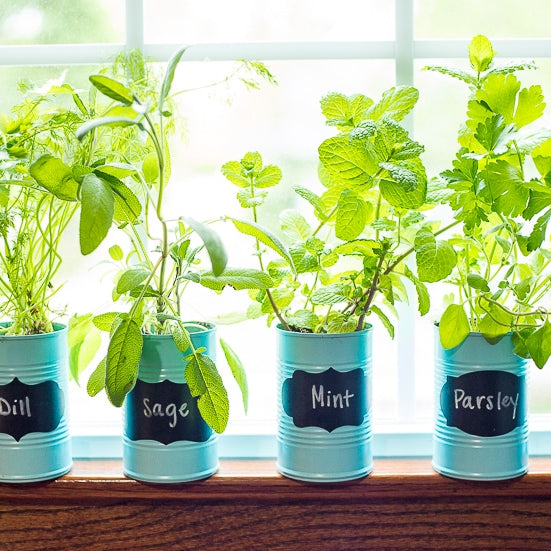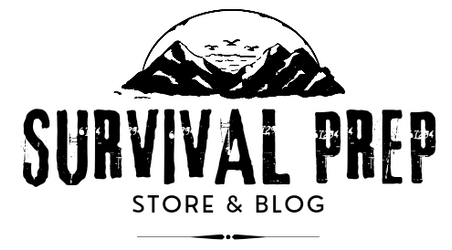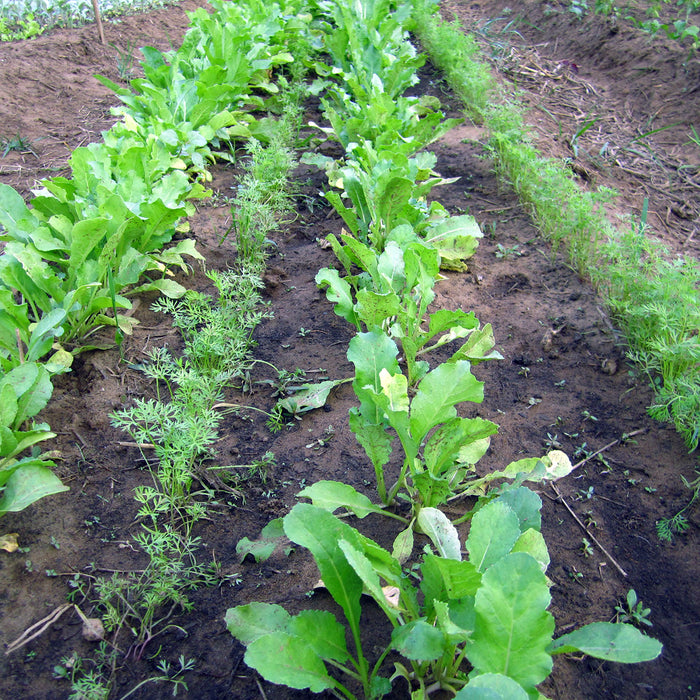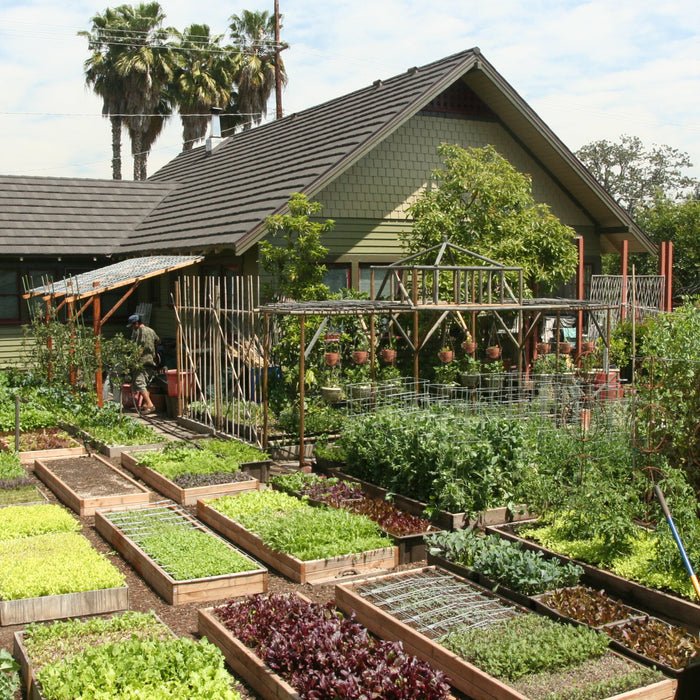
Freeze drying is the process of dehydrating frozen foods under a vacuum so the moisture content changes directly from a solid to a gaseous form without having to undergo the intermediate liquid state through sublimation. In this process, freeze dried food maintains its original size and shape with a minimum of cell rupture. Removing moisture prevents a product from deteriorating at room temperature.
The process is used for drying and preserving a number of food products, including meats, vegetables, fruits, and instant coffee products.
The dried product will be the same size and shape as the original frozen material and will be found to have excellent stability and convenient reconstitution when placed in water. Freeze dried products will maintain nutrients, color, flavor, and texture often indistinguishable from the original product.
Depending on the product and the packaging environment, freeze dried foods are shelf-stable at room temperature for up to twenty-five years or more, if canned, and between 6 months to 3 years if stored in a poly-bag container, making it perfect for survival food or food storage as well as for commercial use.
The main determinant of degradation is the amount and type of fat content and the degree to which oxygen is kept away from the product.
How Freeze Drying Works
Simply put, freeze-drying is the removal of water from a frozen product using a process called sublimation. Sublimation occurs when a frozen liquid transforms directly to a gaseous state without passing back through the liquid phase. The process of freeze-drying consists of three phases: prefreezing, primary drying, and secondary drying.
Prefreezing:
Freeze dried food must first be prefrozen below its eutectic temperature, or simply put, freezing the materials (solute) that make up the food. Although a product may appear to be frozen because of all the ice that is present, in actuality it is not completely frozen until all of the solute is frozen as well.
Primary Drying:
After prefreezing, ice must be removed from the product through sublimation. This requires careful control of two parameters; temperature and pressure. The rate of sublimation depends on the difference in vapor pressure of the product compared to the vapor pressure of the ice collector. Molecules move from the higher pressure sample to the lower pressure sample. Since vapor pressure is related to temperature, it is also necessary for the product temperature to be warmer than the ice collector temperature.
Secondary Drying:
After primary drying, all ice has sublimated but some liquid is still present in the product. Continued drying is necessary to remove the remaining water. The process for removing this excess water is called isothermal desorption. The excess water is desorbed from the product by making the product temperature higher than the ambient temperature.
During the entire freeze-drying process, the exact freezing methodology and proper storage is very important.
The Benefits of Freeze Dried Food
There are several benefits to freeze-dried foods over dehydrating:
- Freeze dried food retains original characteristics of the product, including:
- color
- form
- size
- taste
- texture
- nutrients
- Reconstitutes to original state when placed in water
- Shelf stable at room temperature – cold storage not required
- The weight of the freeze-dried products is reduced by 70 to 90 percent, with no change in volume
- The product is light weight and easy to handle
- Shipping costs are reduced because of the light weight and lack of refrigeration
- Low water activity virtually eliminates microbiological concerns
- Offers highest quality in a dry product compared to other drying methods
- Virtually any type of food or ingredient, whether solid or liquid, can be freeze-dried




